Theatremaker and writer Olivia Catchpole joined us for our R&D sharing at the end of the second week of R&D at Queens Theatre Hornchurch on Friday 1st December 2023. Read on to hear her thoughts on the project and her own interpretation on the meaning of Dysbiosis in relation to her own political standpoint.
Dimmed lights lend an air of expectation to the scene as we come cautiously into the room, wondering what’s in store for us. I’m wondering what “dysbiosis” means and how it might be shown. Coming in from traffic-ridden streets, I’m instantly soothed by the space that has been created, bowls of Mehndi (commonly known as henna in the West) and turmeric paste sit on the table in front of us along with offers of tea and a glimpse of treetops through the skylight. Scripts lie on the technician’s table, ready to be used.
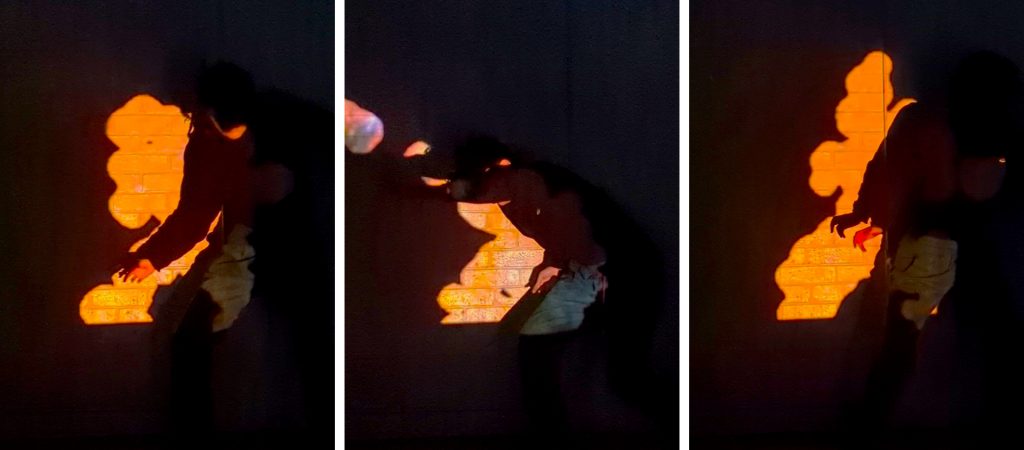
We’re here to see DYSBIOSIS, a piece in development by Daedalus Theatre Company in collaboration with Queen’s Theatre Hornchurch. The project brings local artists together with a group of mostly queer, East-London-based practitioners from a wide range of creative disciplines, to explore stories of queer ecology, colonialism and the Global North’s relationship to nature. As far as I can tell, such projects are thin on the ground in London and Essex, so I’m especially excited to see what they’ve come up with. Perhaps, I hope, the show will alleviate some of the tension I feel thinking of our collective disconnect, even disregard, for nature’s processes at such a vital time. A time of biodiversity crisis, striking the creatures which hold up the basis of our existence. A recent survey led by the RSPB found that flying insects have declined by 60% in the UK in the past twenty years. One fact in a seemingly endless stream of dire warnings. I wonder, with the familiar frustration, whether I need to explain the gravity of this situation. Not only bees are pollinators- every insect lost is the loss of a vital element of the system. Trees, plants, and animals too, are immeasurably more than just a pretty luxury.
The possibilities to rebuild our ecosystems are equally expansive, but in every case must start, I feel, from a sense of deep respect and wonder, something which this piece is excellent in evoking. Beginning from the point of mythology that stretches far beyond the bounds of Hornchurch, it weaves together texts of astounding richness with intricate projections, using a technology I haven’t seen before, whereby the performers’ bodies become silhouettes on the walls. This means that, as they pass, their silhouettes flitter across the stage, made up of… wow! One moment, their bodies consist of a writhing mass of worms, the next, of creeping fungus, the next of shifting soil or mycorrhizae, the network of mushrooms under our feet in the earth, which enable communication between plants. It’s surprisingly beautiful, taking me somehow back to the fundamentals, inspiring me to take stock of what truly matters. The feeling is enhanced by moments of evocative choreography and soundscapes, which remind us livers-in-cities that we too are creatures of nature, and invite us to battle with the discomfort and the wonder of that fact. With a sense of unease, I try to remember when I forgot.
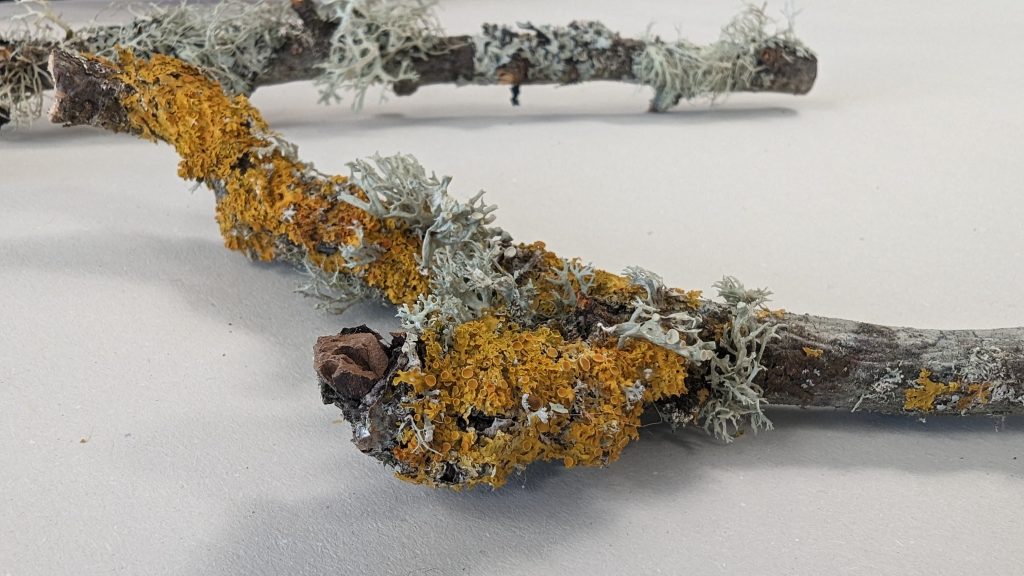
The piece links this disconnect to colonial histories, which are embodied not only in the brutal separation of peoples from themselves, but also in the creation of fabricated hierarchical systems, which remain widespread today. A scroll of drawings sits as a backdrop to the show reminding us of this dominating worldview, from human (western man) as God, to animals and birds, to insects, right down to the dwellers of the underworld. Magnificent film footage shows us the untruth of this perspective- taking us on a journey, from the individual makeup of a rock to vast expansive mountain ranges.
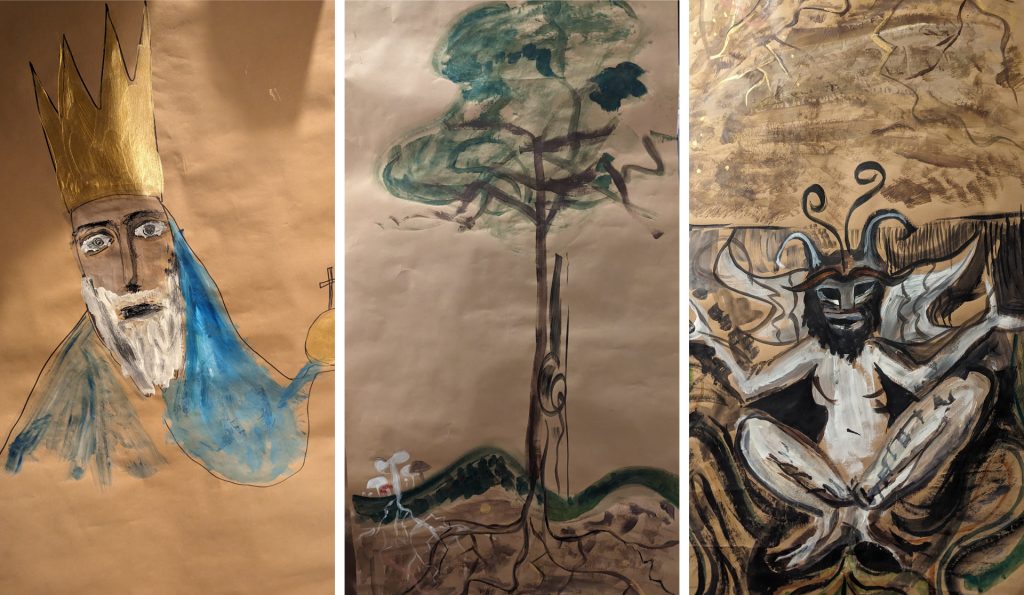
Daedalus Theatre Company aim to offer a space for arts practitioners to push the boundaries of their practices and find innovative, meaningful ways to collaborate with the community, going beyond conventional theatre to combine excellence with a commitment to entertainment, accessibility and ecological thinking. Certainly, this performance, with it’s novel use of a variety of artforms uniting in their expressions of one sense of longing, has achieved here what it set out to do. It’s an exciting addition to the growing experimental program at the Queen’s Theatre Hornchurch such as their Blueprint festival.
So what is dysbiosis? Google tells me it’s an imbalance between the types of organism present in a person’s natural microflora, especially that of the gut, thought to contribute to a range of conditions of ill health. It seems to me that this creative grappling with the concepts of nature applies the term to the blight we have inflicted on the natural world, in our continuing disruption of the delicate harmony that grew here. The term speaks too, of how we have streamlined urban western society, rigidly denying the variety and abundance available to us in our effort to control and understand. This reverberates from how we think about sexuality, to our distaste for creeping, slimy things, our impulse to squash the spider under heal, to the narrowing of our perceptions of a successful life, and back again. This piece demonstrates the unnaturalness of such binary categorisations. I know these things myself, by some sort of instinct, but struggle to come up with a vision of how the full breadth of nature, of different ways of being might be embraced.
That’s where this work comes in, allowing me to see what I am missing, and for a comforting moment, what it might look like to return there. I wonder also, what such a return would look like for others. Perhaps such collective creative explorations will go some way to fulfill our hopes that we will find the answer.
Project credits
Designer-director: Paul Burgess
Associate Producer: Maeve O’Neill
Assistant Director and Producer: Tasnim Siddiqa Amin
Creative Practitioners: Fran Olivares, Kathryn Webb, Nuke Lagranje, Shakira Stellar, Yael Elisheva, Zia Almos Joshua
Author bio
Olivia Catchpole is a theatre practitioner, workshop facilitator, writer and performer based in Southeast London. She has a BA in Acting and Community Theatre from East 15 Acting School and an MSc in Environmental Politics from Birkbeck University. She is also co-founder of SISU Theatre Company. She is especially interested in how the arts can be used to increase engagement in environmental dialogue and decision-making. Any questions or comments? Please contact: oliviacatchpole20@gmail.com
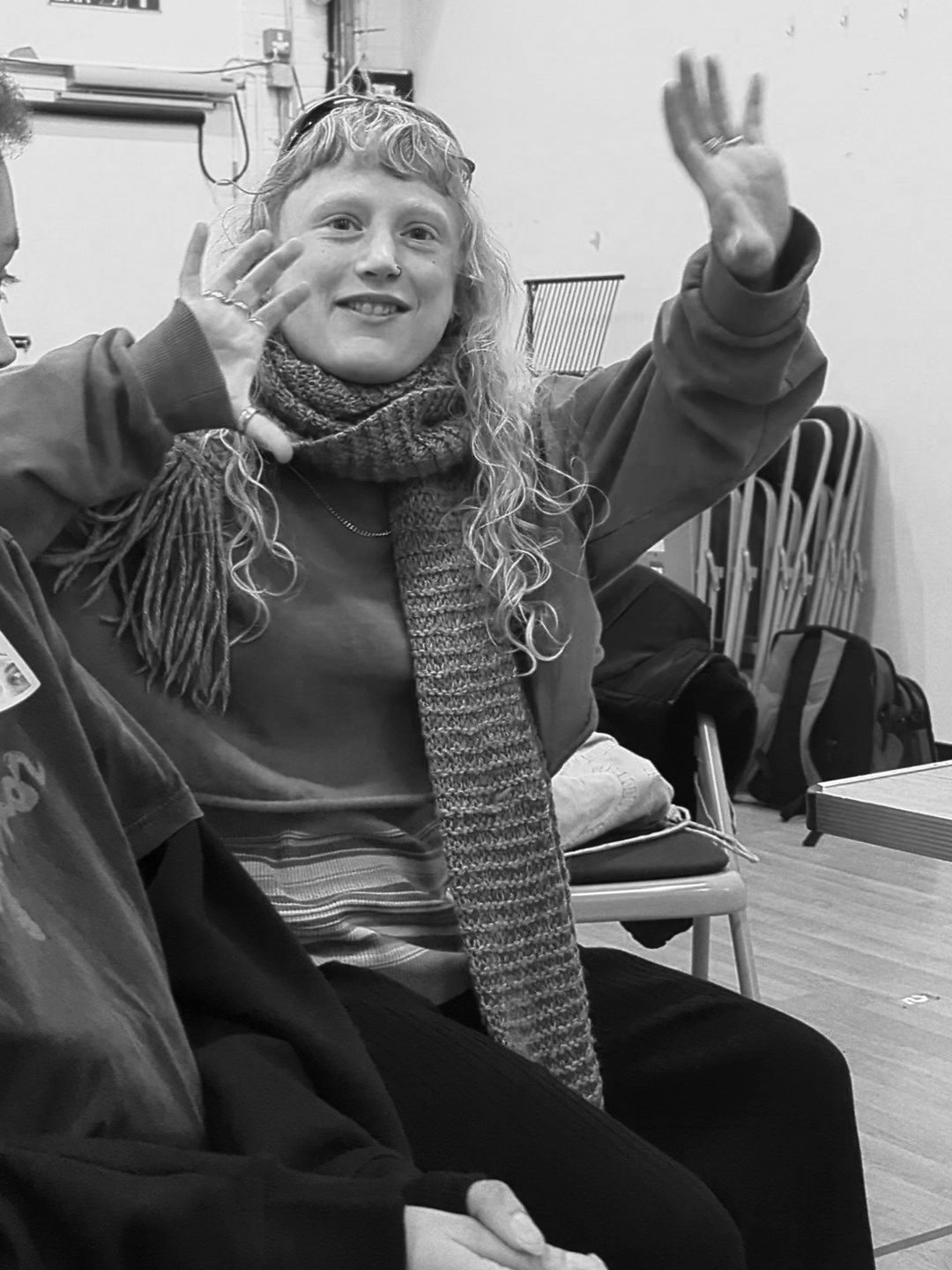
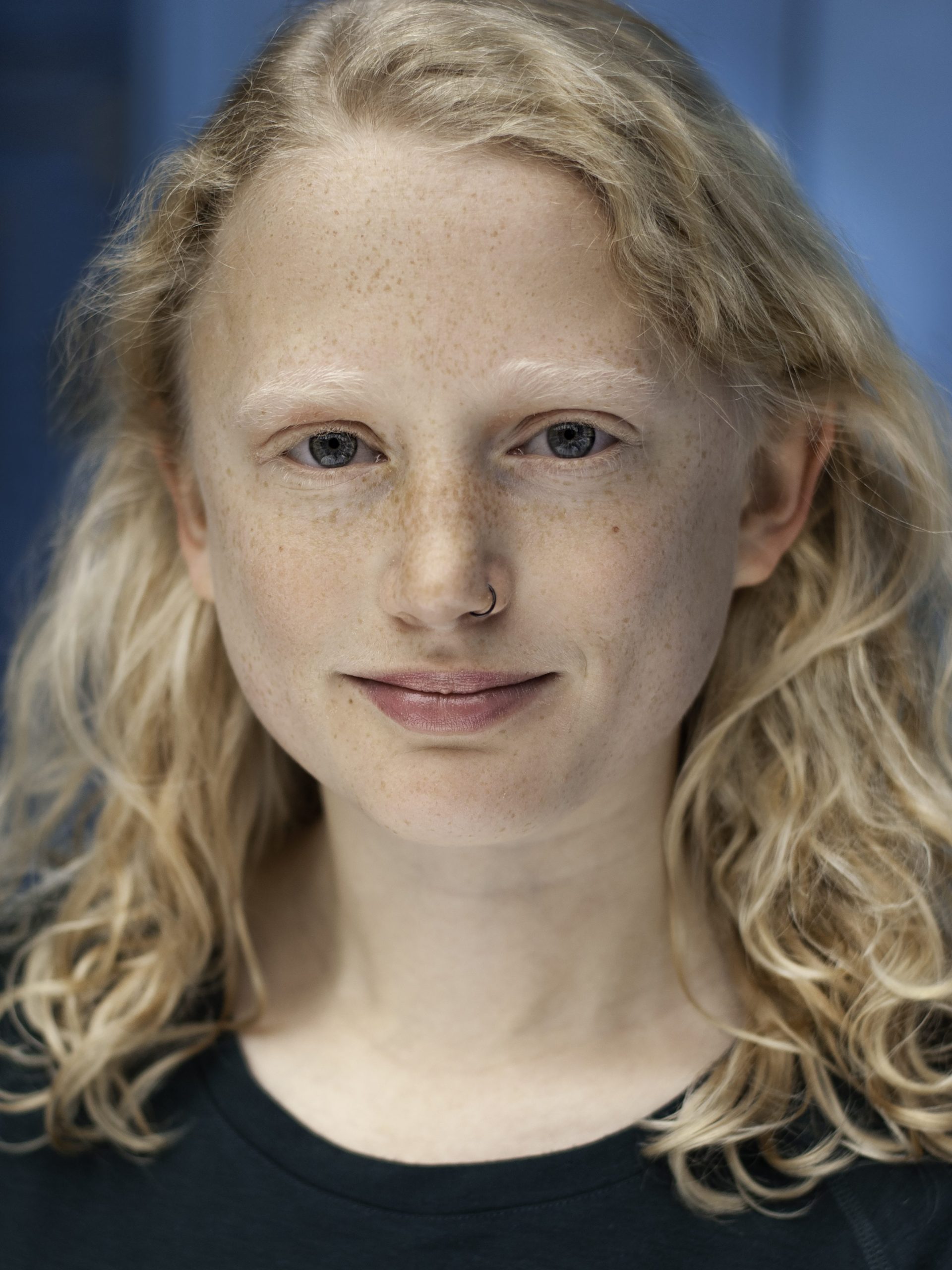

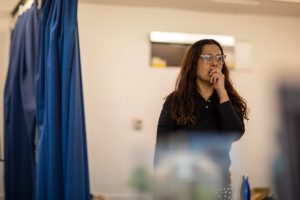

Comments
Pingback: Daedalus Theatre Company | Theatre can go where politics and the media cannot Artist Spotlight: Zia Álmos Joshua
Pingback: Daedalus Theatre Company | Theatre can go where politics and the media cannot Daedalus Theatre announce new partnership with Havering Changing